INFOS & SERVICE
OUR OTHER WEBSITES
Arrive in Lhasa
Welcome in Tibet – the roof of the world
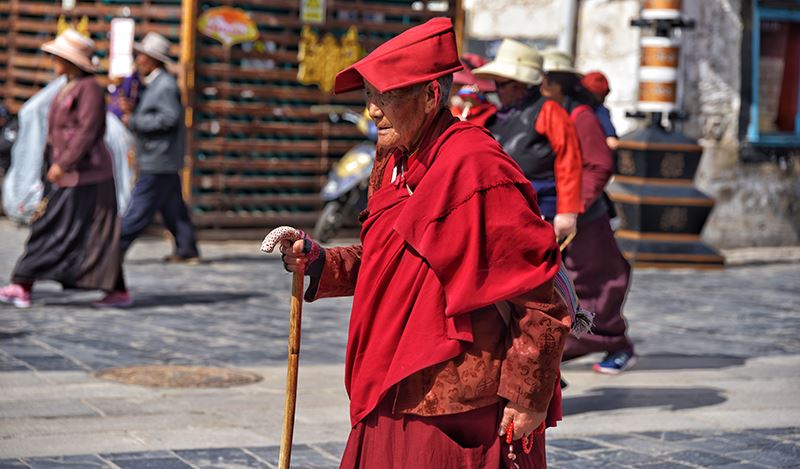
Lhasa
Potala Palace – landmark of Lhasa, Jokhang and Barkhor Street
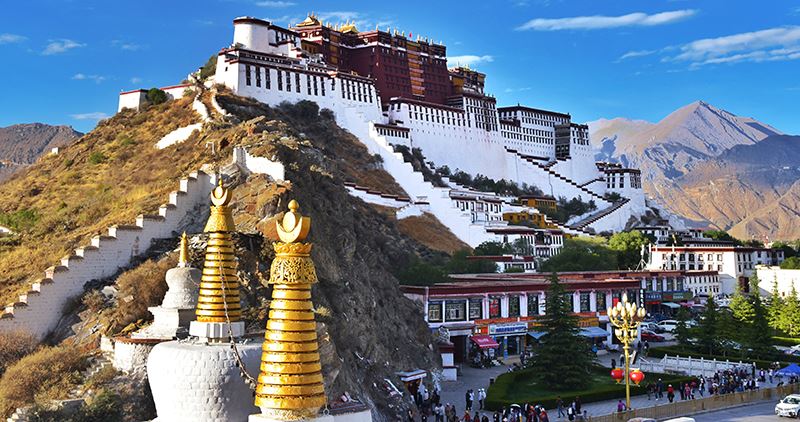
Lhasa
Panoramic view over Potala, Norbulingka, Debate in Sera
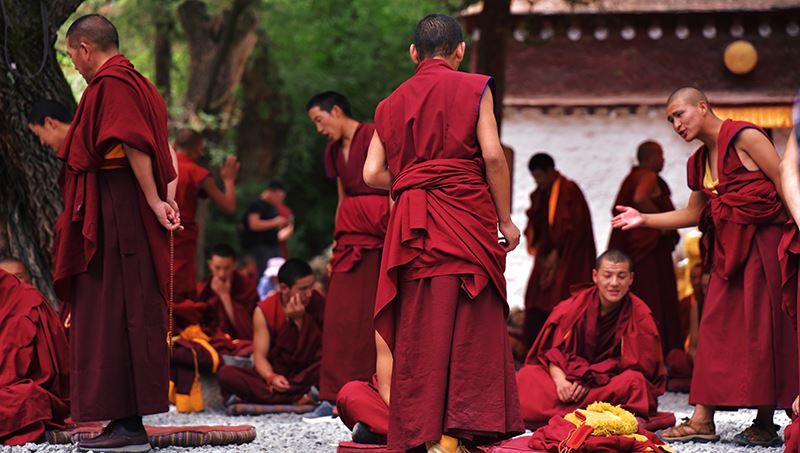
Lhasa – Gyantse – Shigatse
Karo La Pass and Glacier, holy lake Yamdrok, Palkhor with Pagoda Kumbum
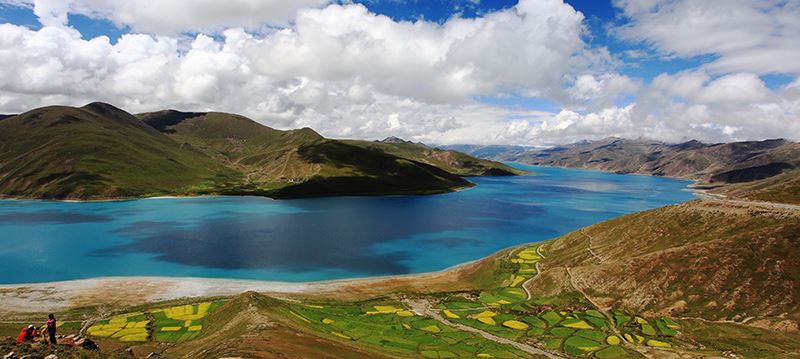
Shigatse – Lhasa
Tashilunpo Monastery in Shigatse, traditional manufacture for Tibetan incense
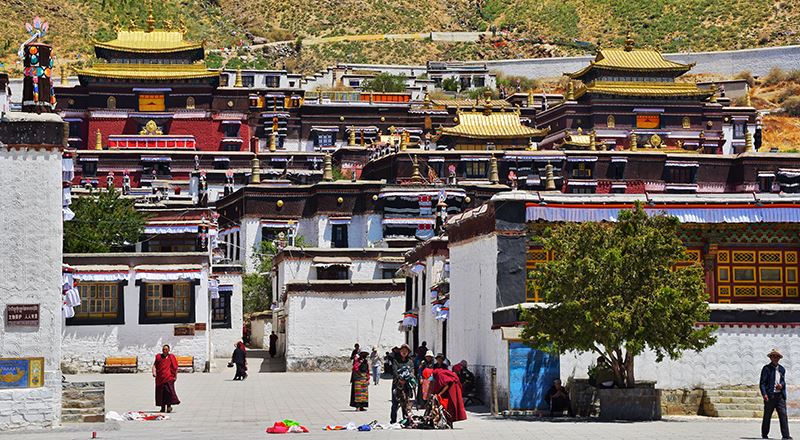
Train Lhasa - Chengdu
Nunnery Ani Sangkhung, departure by Qinghai-Tibet Train
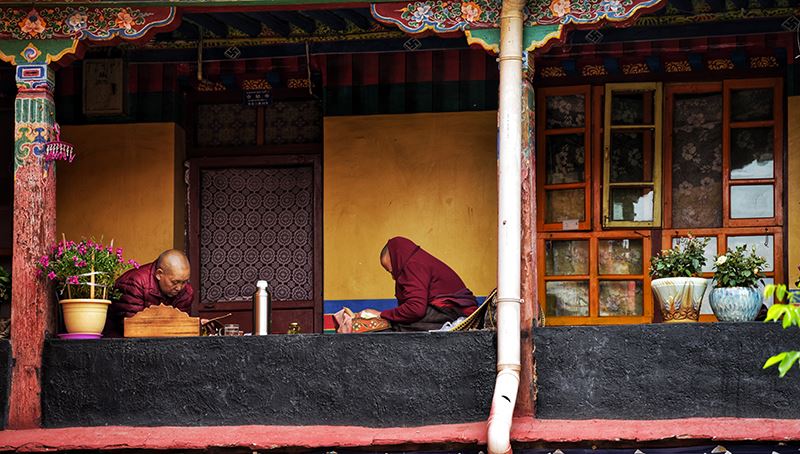
On the train to Chengdu
Qinghai-Tibet Plateau, Loess Plateau, Silk Road

Chengdu
Home town of panda, Panda Breeding Center, Kuanzhai Xiangzi, drink tea in People’s Park
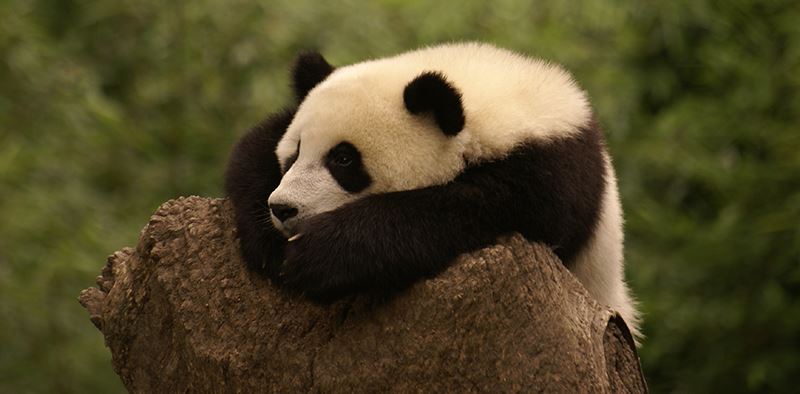
leave Chengdu
Travel to next destination
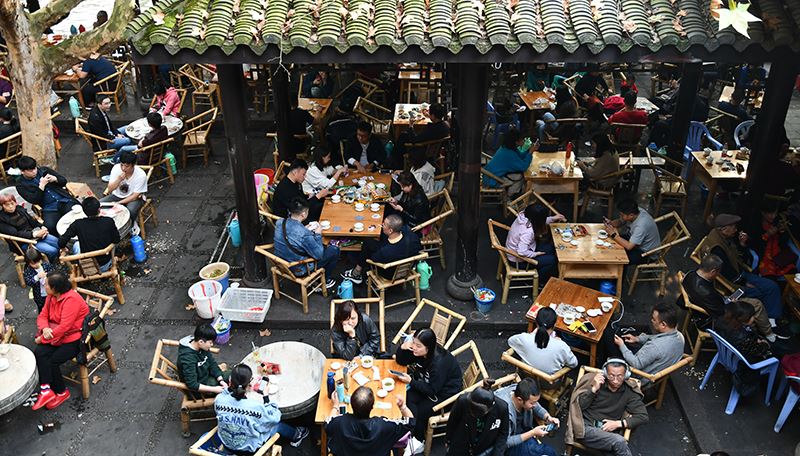
Private travel, great experiences! Please contact us for your tailor-made travel offer.
With individual China Tibet travel, you can decide when, where and how you go on tour by yourself. What's more, you can choose the length of travel and whom you go with.